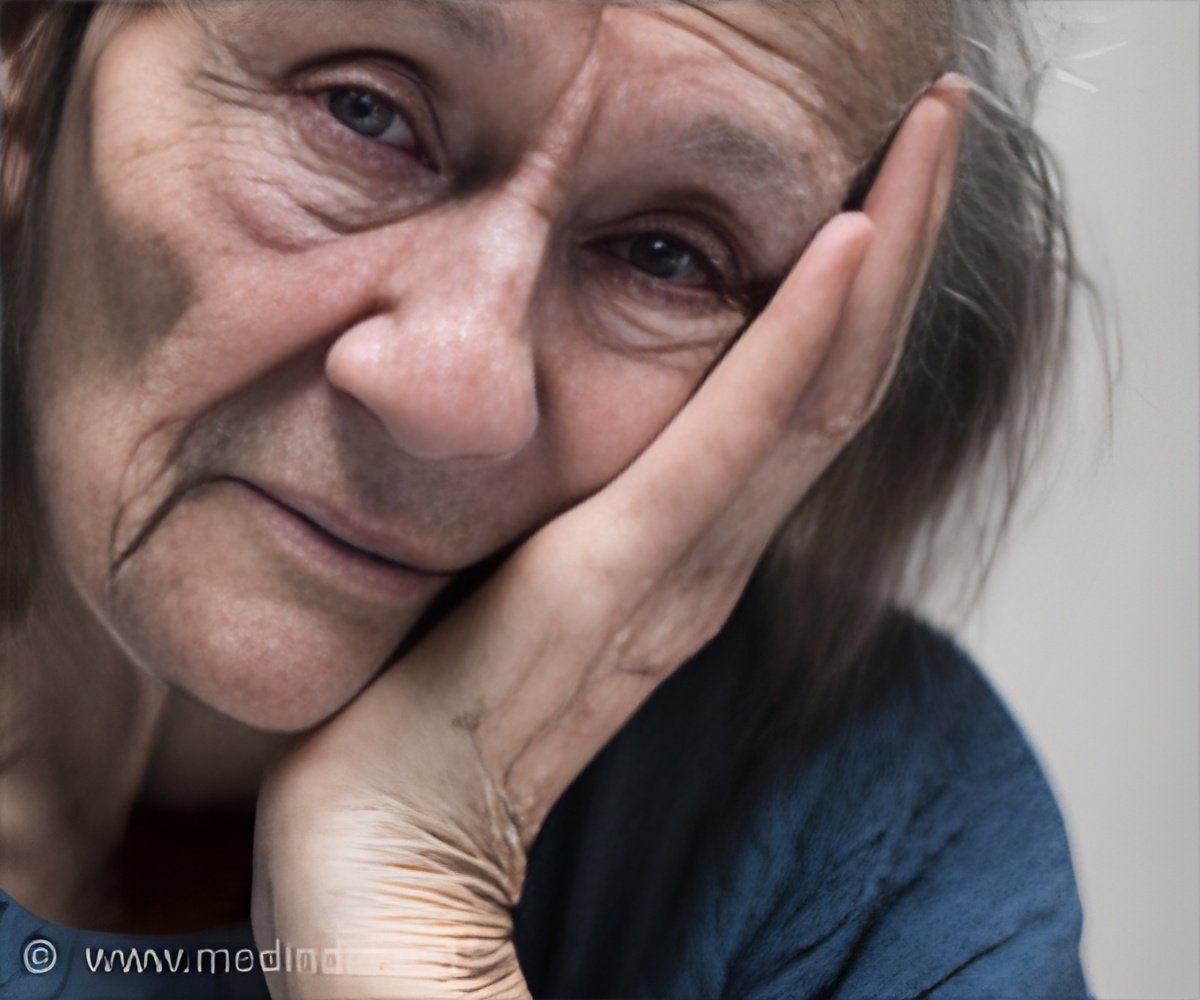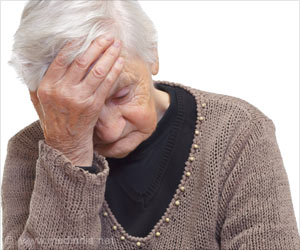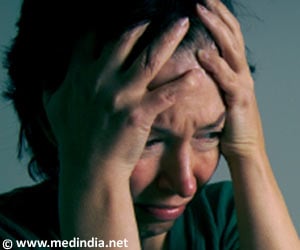
‘Geriatric patients, particularly those with acute injuries, commonly undergo radiographic imaging as part of their medical evaluation, so radiologists may be well-positioned to raise suspicion for mistreatment.’
Tweet it Now
Radiologists may be uniquely positioned to identify elder abuse, but
they don't have training or experience in detecting it, revealed a
study published in the December 2016 issue of the American Journal of Roentgenology. Radiologists play a critical role in child abuse detection by identifying injury patterns that suggest intentional injury rather than an accident. Though a potential opportunity exists to make a similar contribution in elder abuse, it has not yet been a focus of radiology research, training, or practice.
Of the 19 diagnostic radiologists interviewed as part of this research, only two reported formal or informal training in elder abuse detection, and all participants believed they had missed cases of elder abuse. Despite this, all diagnostic radiologists interviewed reported a desire for additional training in the subject area.
The study was supported by the National Institute on Aging.
"There's very little research that examines injury patterns or imaging correlates in elder abuse," said Tony Rosen, study coauthor and emergency physician at Weill Cornell Medical College, New York. "Additionally, for various reasons including age-related osteopenia, use of anticoagulant medications, and the frequency of accidental injuries from falls, elder abuse is often not easy to spot. Also, while patient age is often very helpful to radiologists assessing images for potential child abuse, it is not as useful in older adults because one 81-year-old may be running marathons while another is bed-bound in a nursing home."
Advertisement
On the basis of these findings, the research team plans to conduct future studies to define pathognomonic injury patterns and to explore how to empower radiologists to incorporate detection into their practice. Rosen said, "Radiologists are a core part of the medical team in child abuse cases, so why shouldn't they be a core part of the team in elder abuse?"
Advertisement









